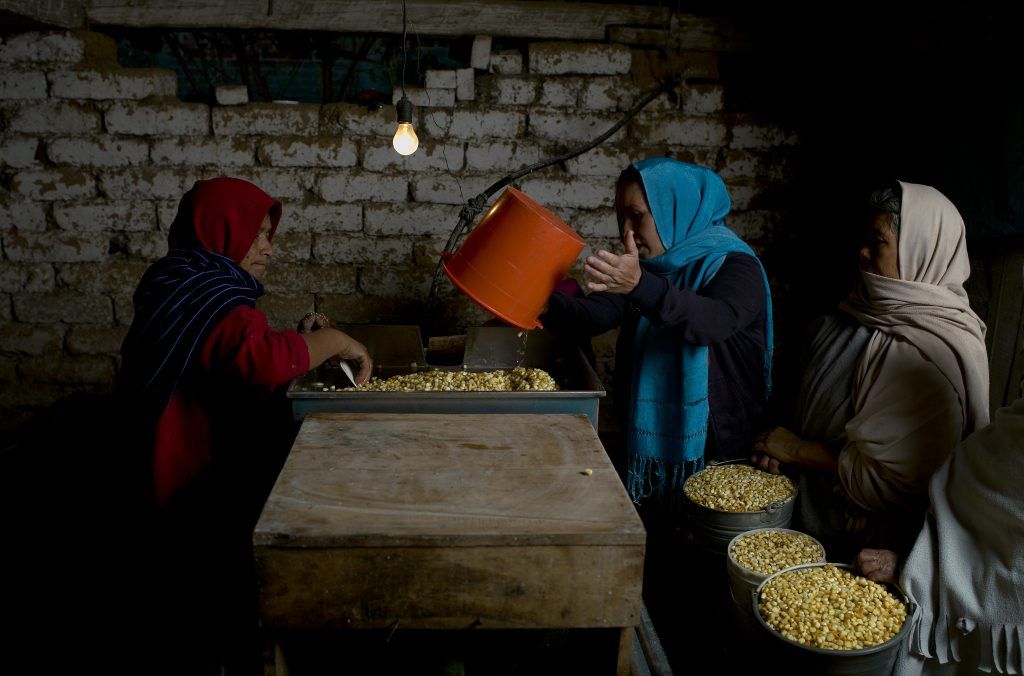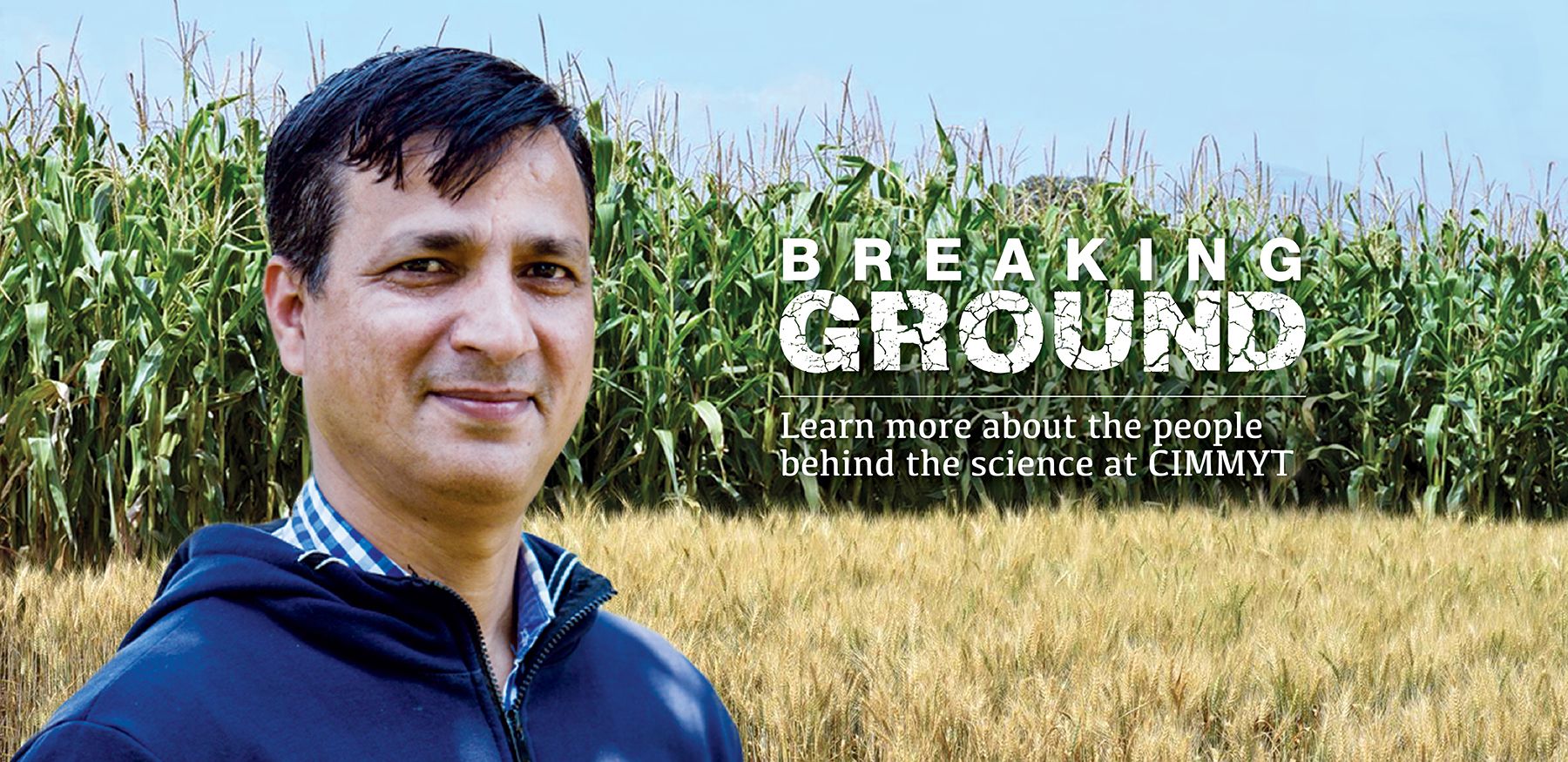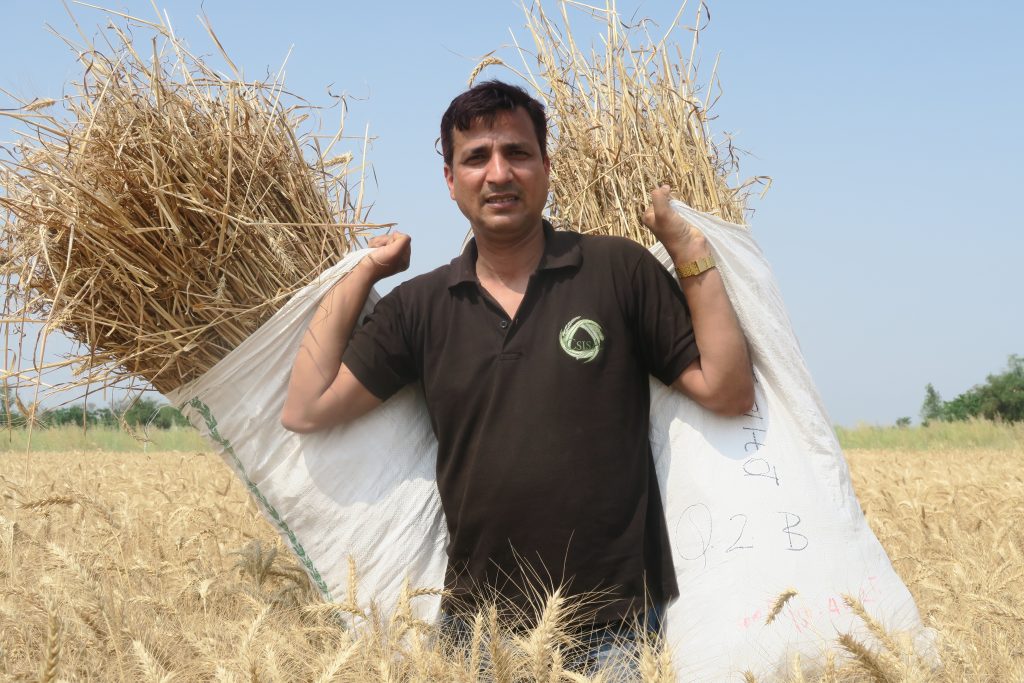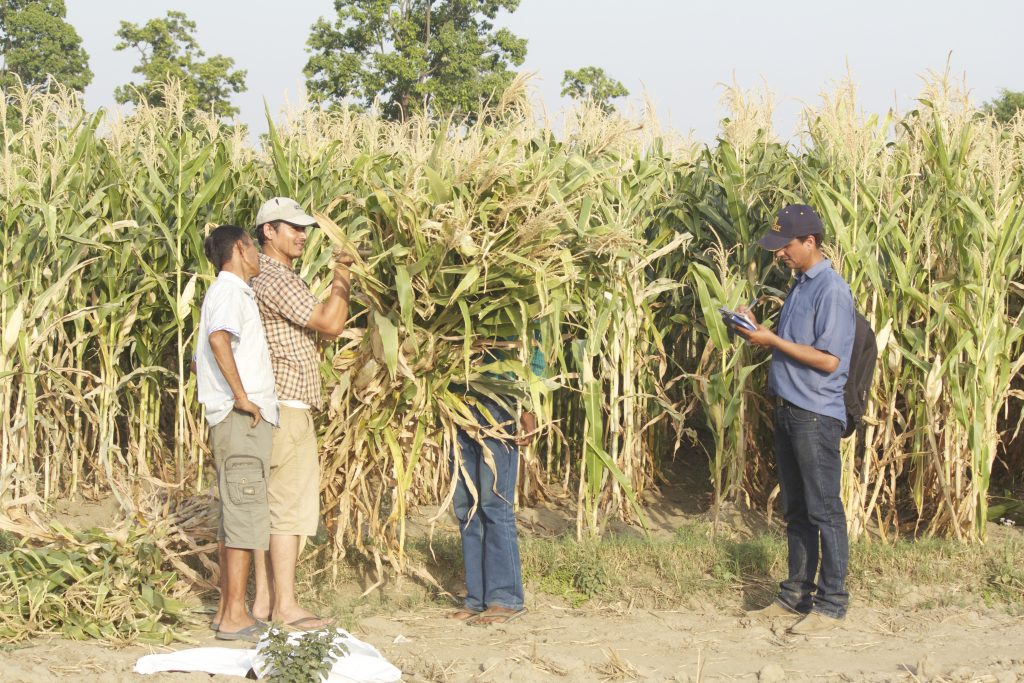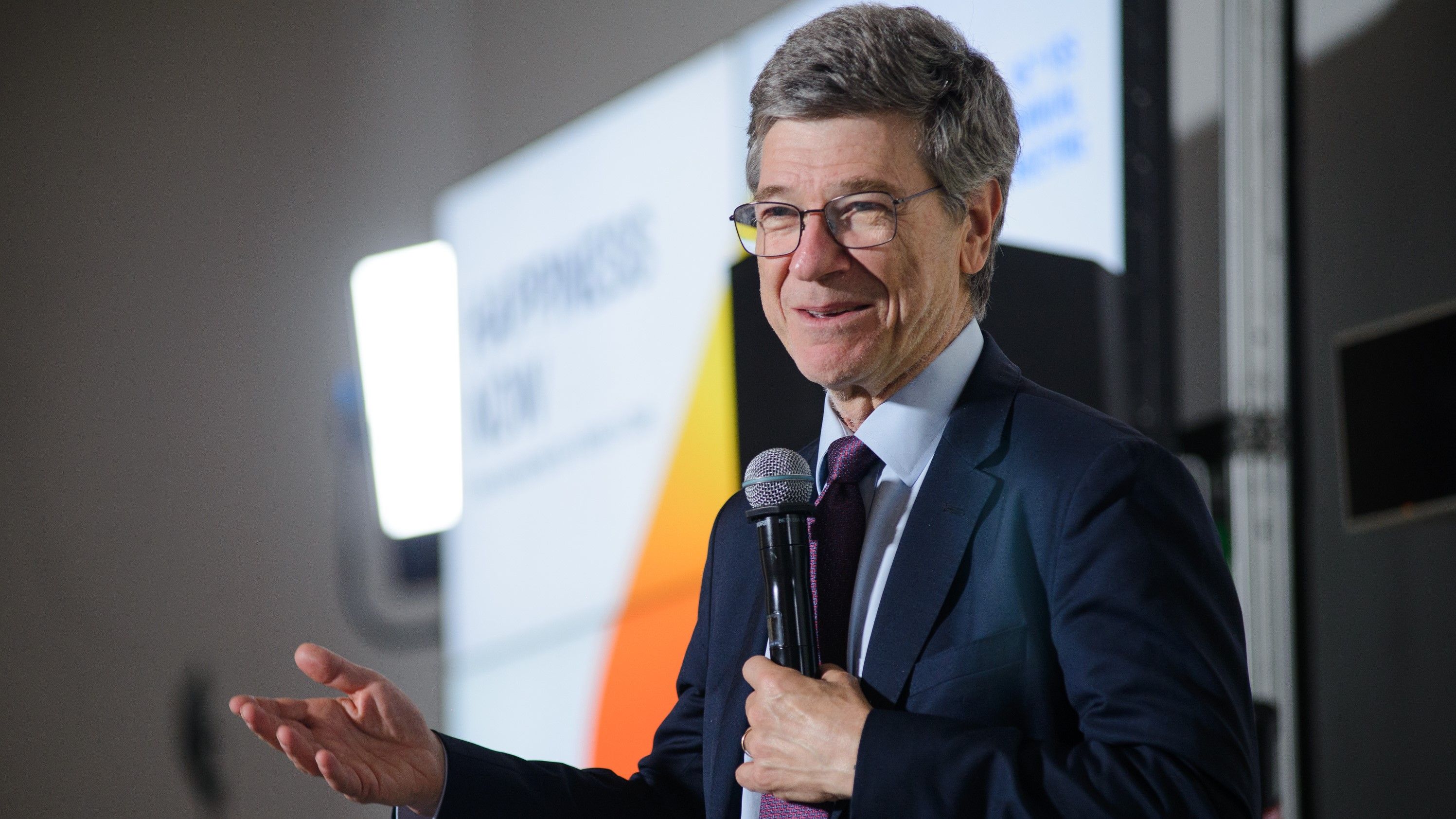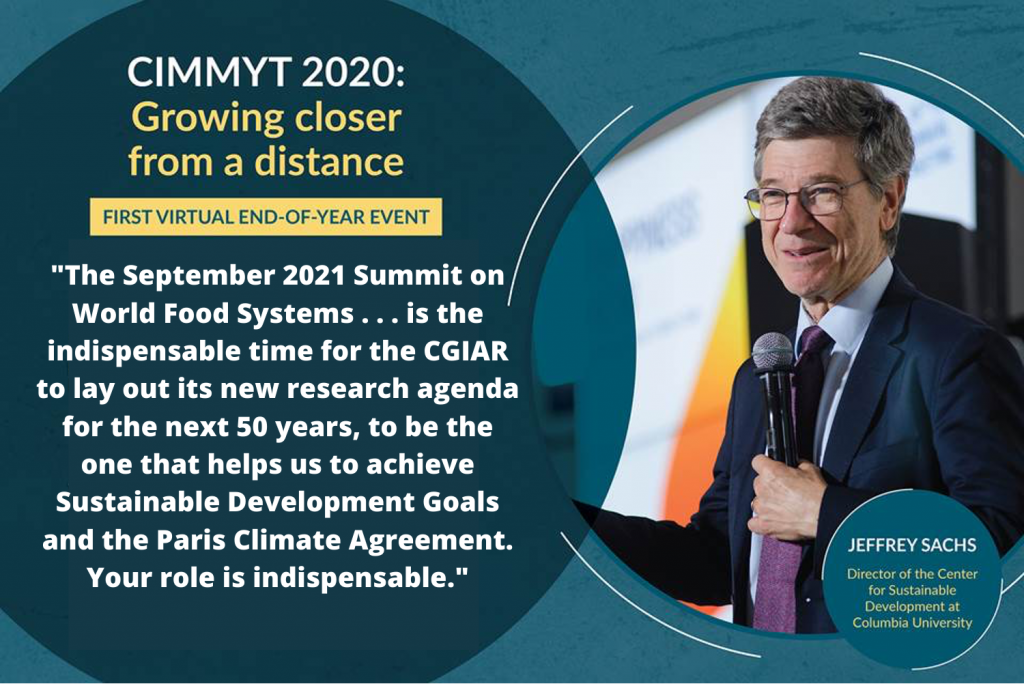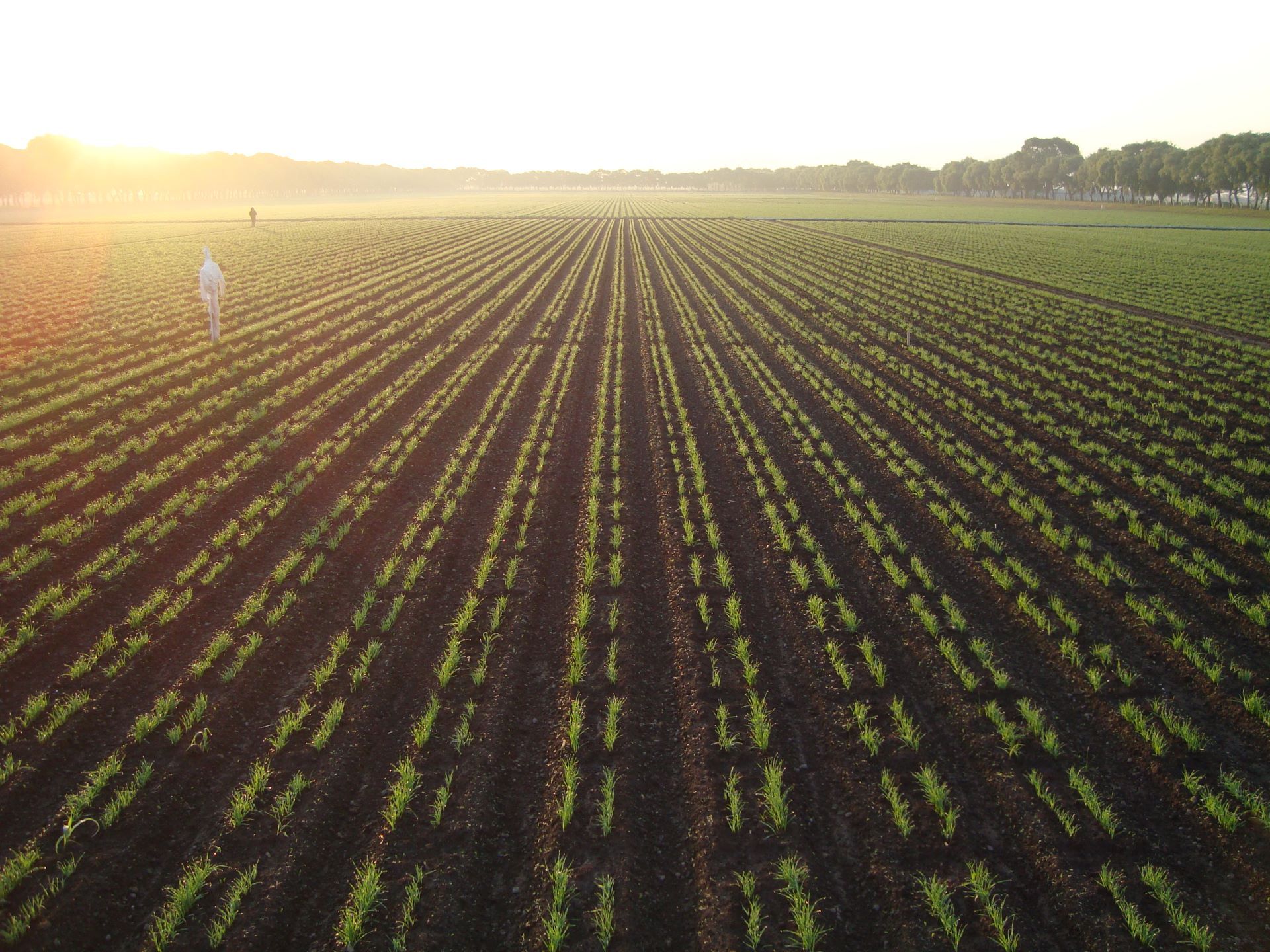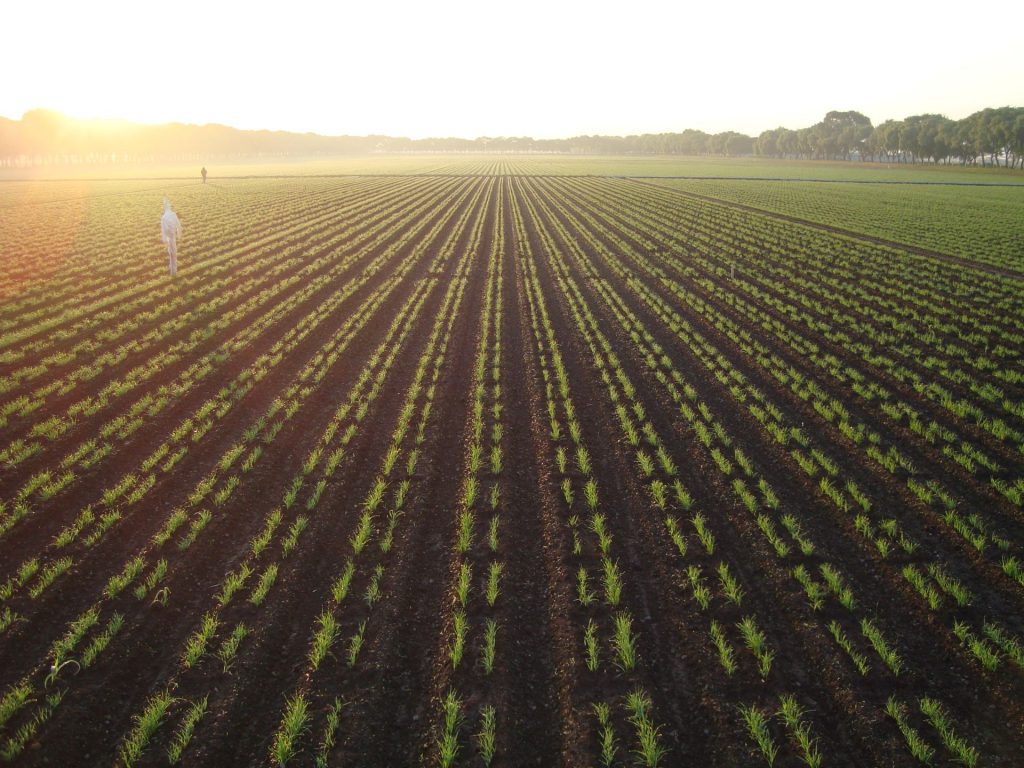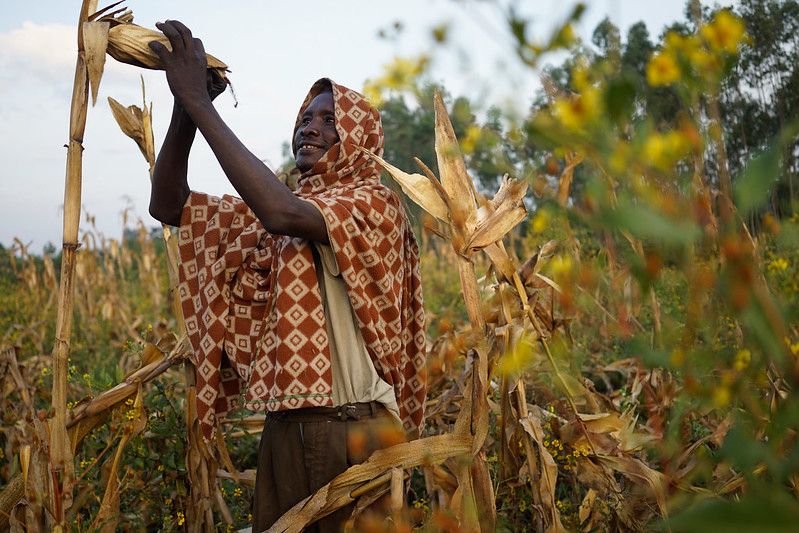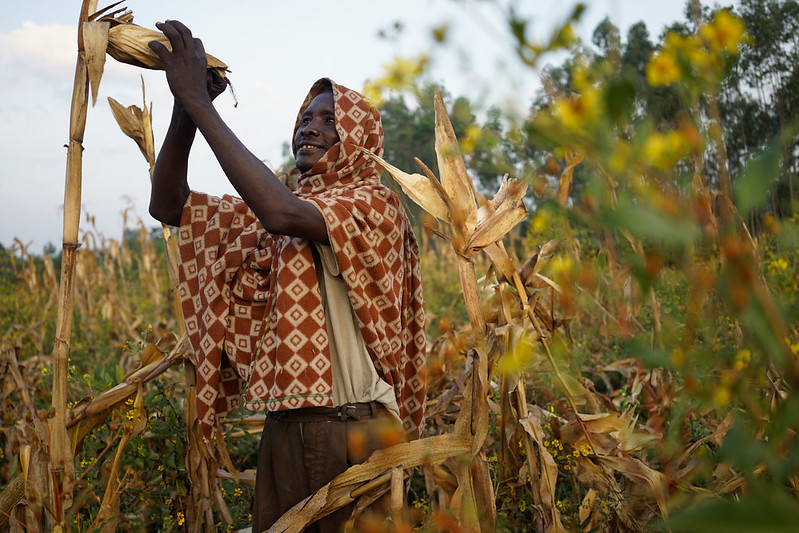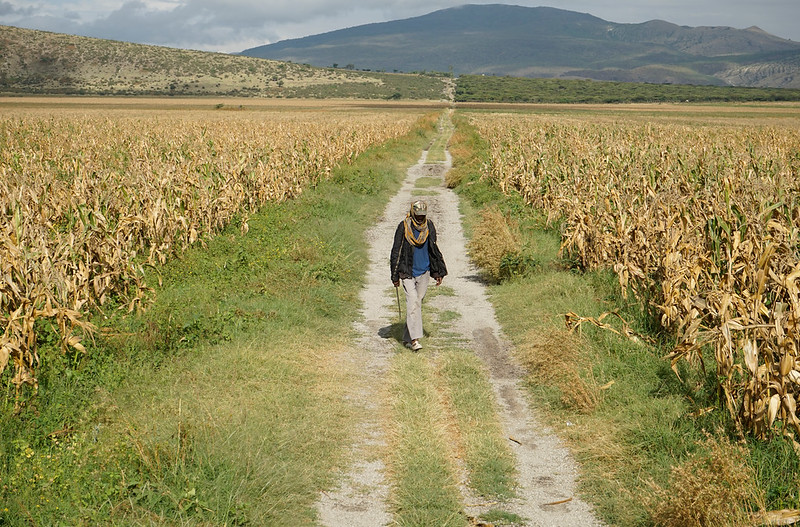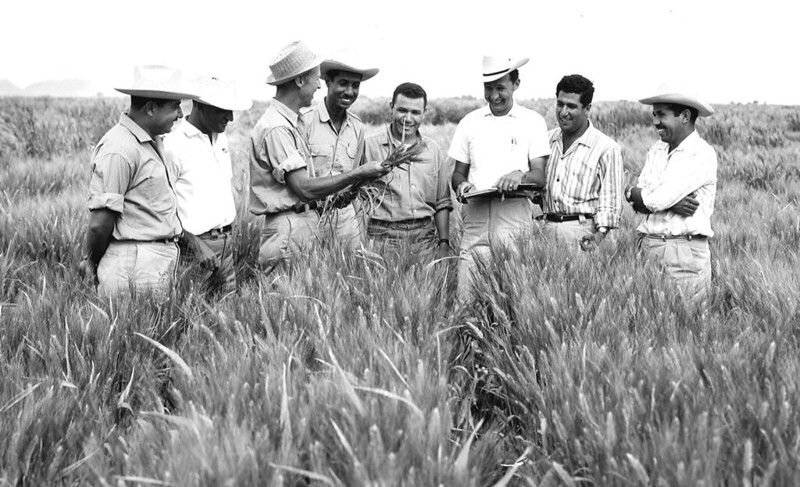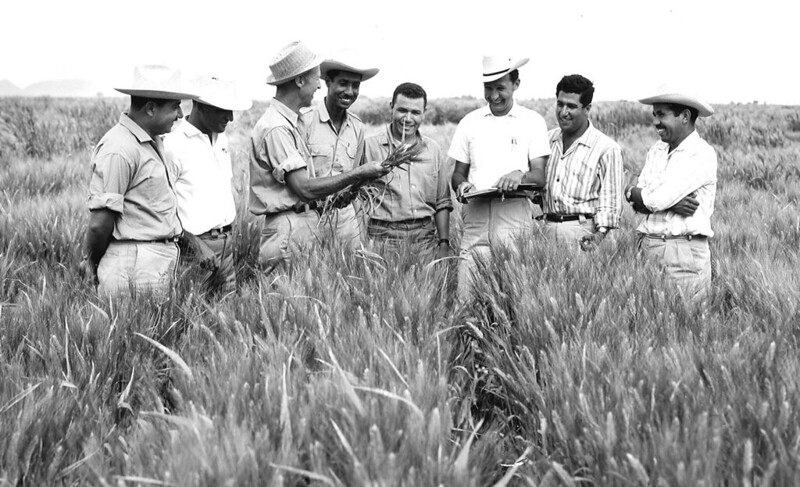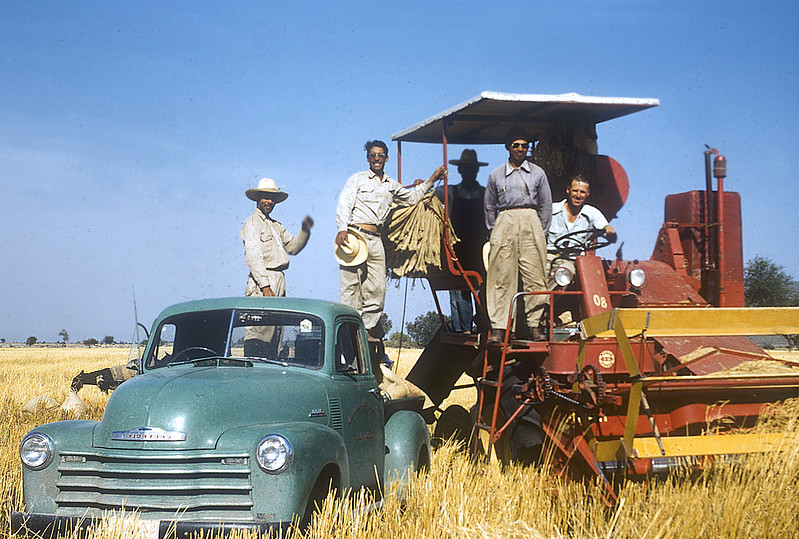New publications: Scientists find genomic regions associated with better quality stover traits in maize for animal feed
Researchers from the International Maize and Wheat Improvement Center (CIMMYT) and the International Livestock Research Institute (ILRI) have identified new genomic regions associated with maize stover quality, an important by-product of maize which can be used in animal feed.
The results of the study, published this month in Nature Scientific Reports, will allow maize breeders to select for stover quality traits more quickly and cost-effectively, and to develop new dual purpose maize varieties without sacrificing grain yield.
The researchers screened diverse Asia-adapted CIMMYT maize lines from breeders’ working germplasm for animal feed quality traits. They then used these as a reference set to predict the breeding values of over a thousand doubled haploid lines derived from abiotic stress breeding programs based on genetic information. Based on these breeding values, the scientists further selected 100 of these double haploid lines and validated the performance of stover quality traits through field-based phenotyping.
The results demonstrate the feasibility of incorporating genomic prediction as a tool to improve stover traits, circumventing the need for field or lab-based phenotyping. The findings significantly reduce the need for additional testing resources — a major hindrance in breeding dual-purpose maize varieties.
Interestingly, the researchers found that increased animal feed quality in maize stover had no impact on grain yield, a concern raised by scientists in the past.
“The main purpose of this study and overall purpose of this CIMMYT and ILRI collaboration was to optimize the potential of maize crops for farm families, increase income, improve livelihoods and sustainably manage the crop livestock system, within limited resources,” said P.H. Zaidi, a maize physiologist at CIMMYT and co-author of the study.
“More than 70% of the farmers in the tropics are smallholders so they don’t have a lot of land to grow crops for grain purposes and separate stover for animal feed, so this is a very sustainable model if they grow dual purpose maize.”
By growing maize simultaneously for both human consumption and animal feed, farmers can get the most out of their crops and conserve natural resources like land and water.
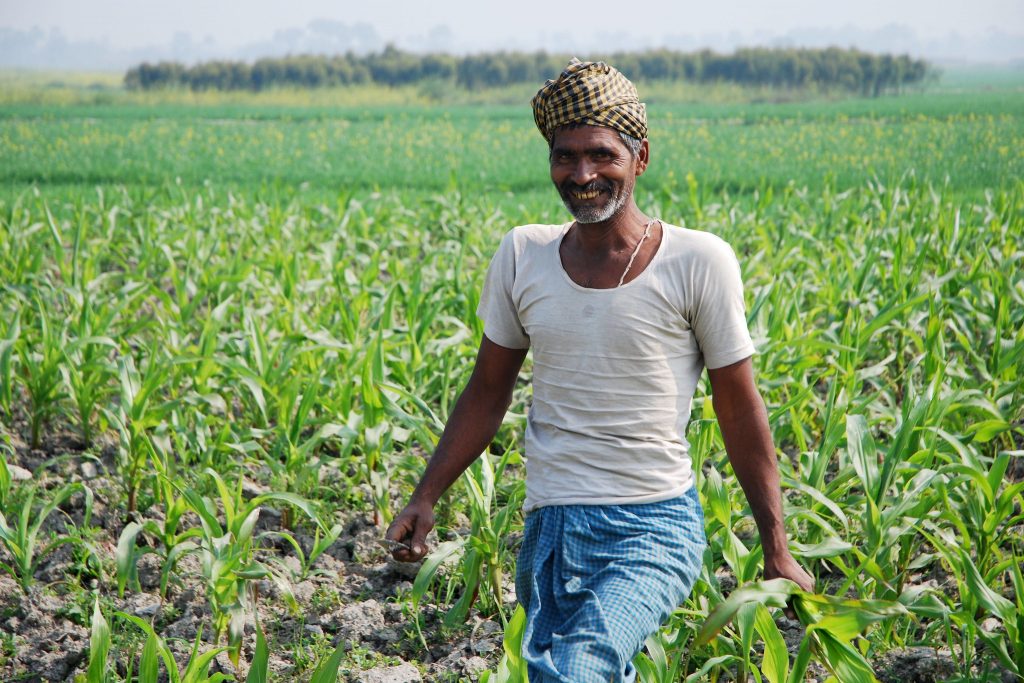
Fodder for thought
The findings from this study also validate the use of genomic prediction as an important breeding tool to accelerate the development and improvement of dual-purpose maize varieties, according to CIMMYT Maize Breeder and first author of the study, M.T. Vinayan.
With the demand for animal feed increasing around the world, crop scientists and breeders have been exploring more efficient ways to improve animal feed quality in cereals without compromising grain yields for human consumption.
“Not all maize varieties have good stover quality, which is what we realized when we started working on this project. However, we discovered that there are a few which offer just as good quality as sorghum stover — a major source of livestock fodder particularly in countries such as India,” said Zaidi.
The publication of the study is a fitting tribute to the late Michael Blummel, who was a principal scientist and deputy program leader in the feed and forage development program at ILRI and co-author of this study.
“A couple of years back Dr Blummel relocated from the Hyderabad office at ILRI to its headquarters at Addis Ababa, but he used to frequently visit Hyderabad, and without fail met with us on each visit to discuss updates, especially about dual-purpose maize work. He was very passionate about dual-purpose maize research with a strong belief that the additional income from maize stover at no additional cost will significantly improve the income of maize farmers,” Zaidi said. “Michael was following this publication very closely because it was the first of its kind in terms of molecular breeding for dual purpose maize. He would have been very excited to see this published.”
Read the full article:
Genome wide association study and genomic prediction for stover quality traits in tropical maize (Zea mays L.)
Cover photo: Dairy cattle eats processed maize stover in India. (Photo: P.H. Zaidi/CIMMYT)
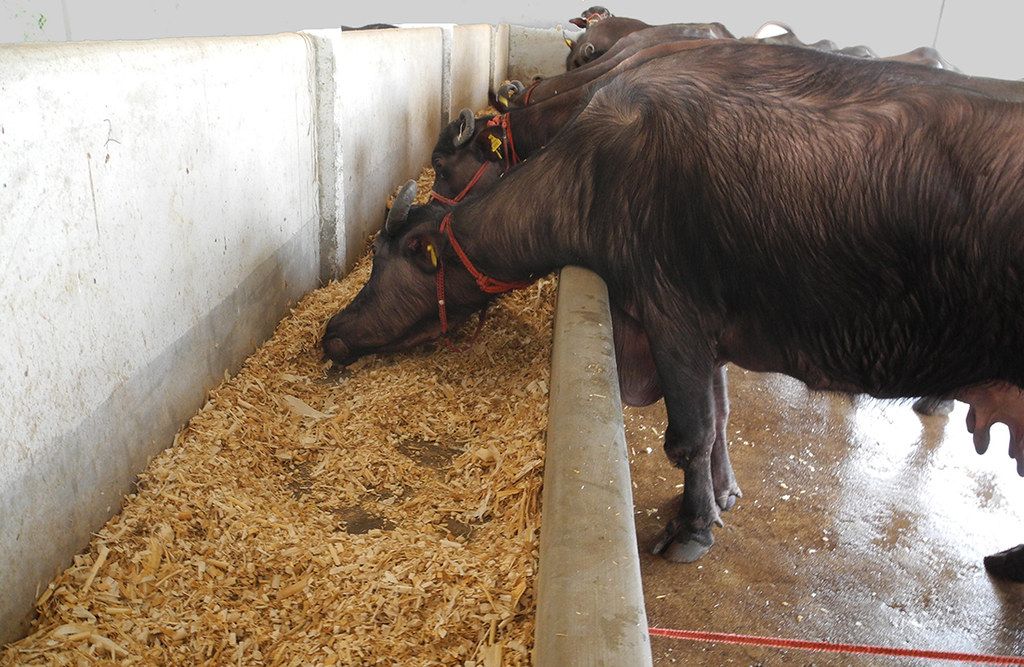
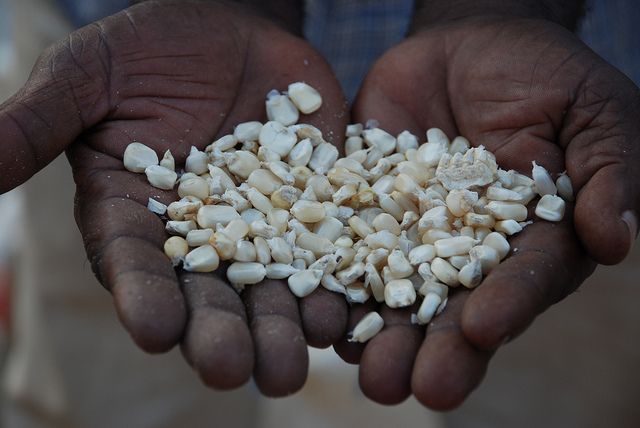


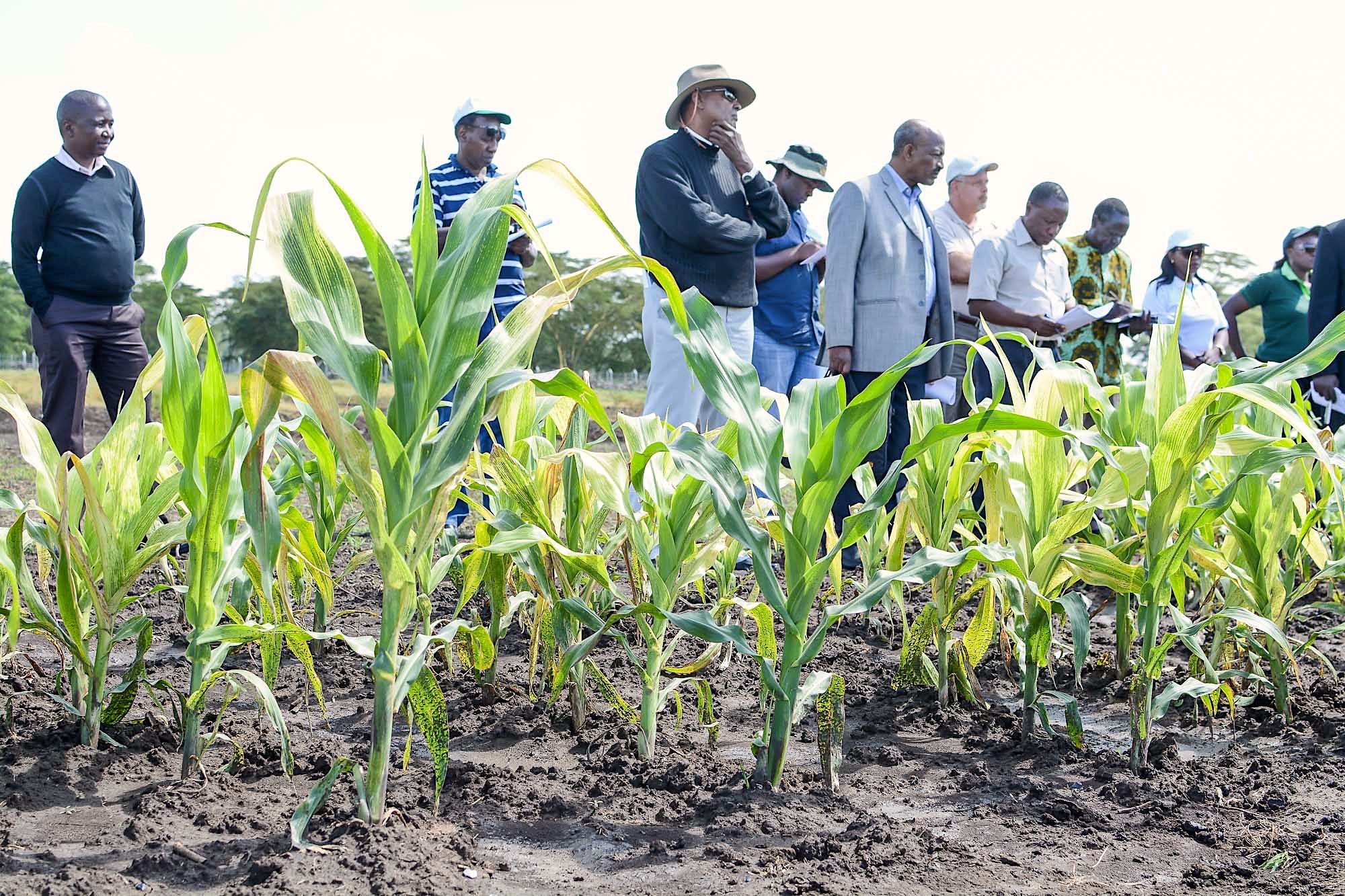





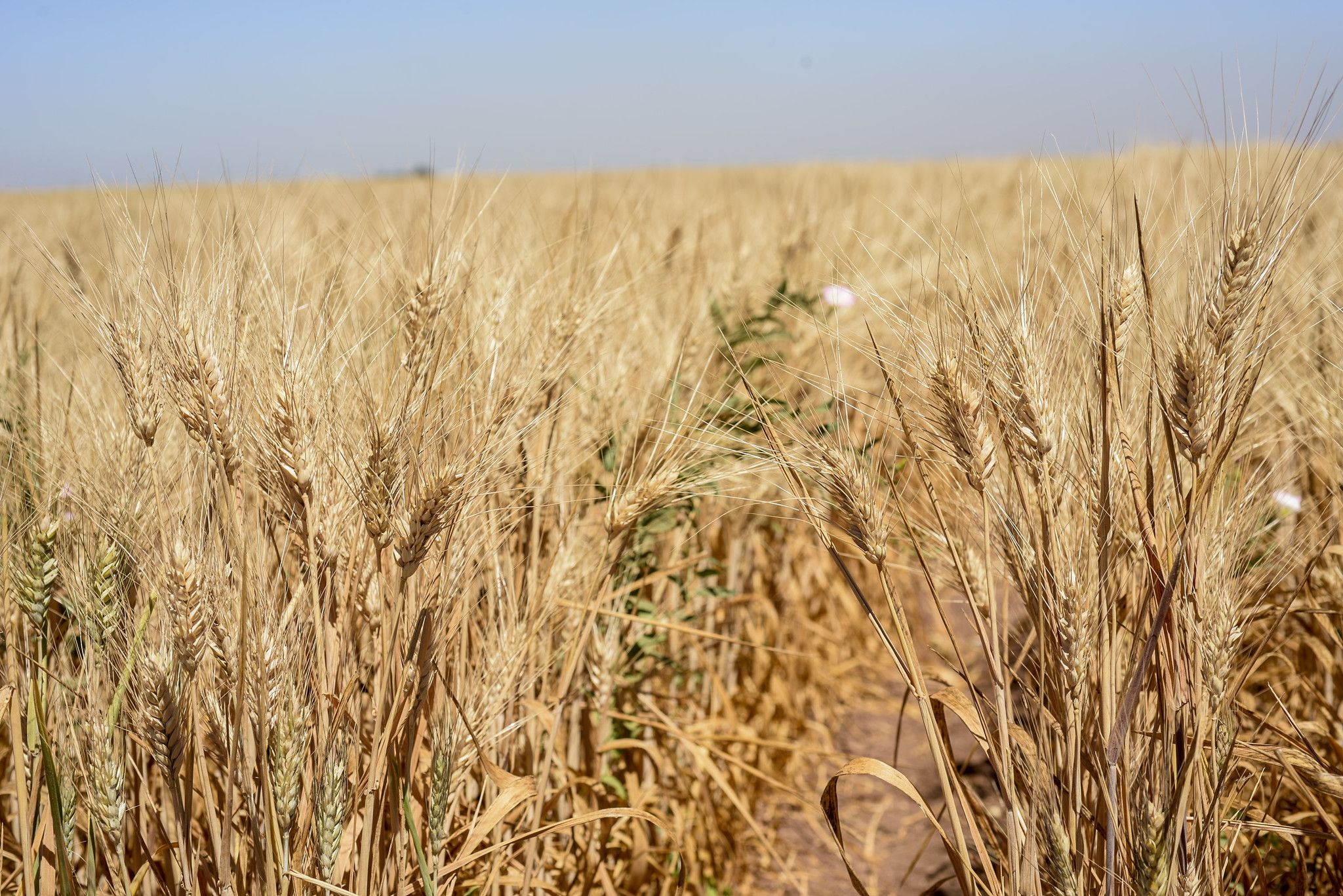

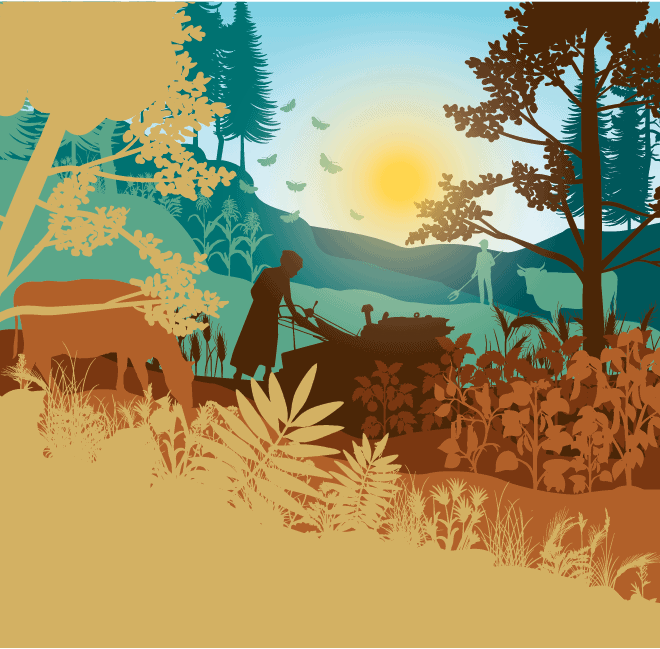
 The UN has designated 2020 as the International Year of Plant Health. CGIAR Centers have significant scientific knowledge, extensive experience on the ground, and thought leadership that they can lend to the global discussion to advance awareness, collaboration, and scaling of needed interventions.
The UN has designated 2020 as the International Year of Plant Health. CGIAR Centers have significant scientific knowledge, extensive experience on the ground, and thought leadership that they can lend to the global discussion to advance awareness, collaboration, and scaling of needed interventions.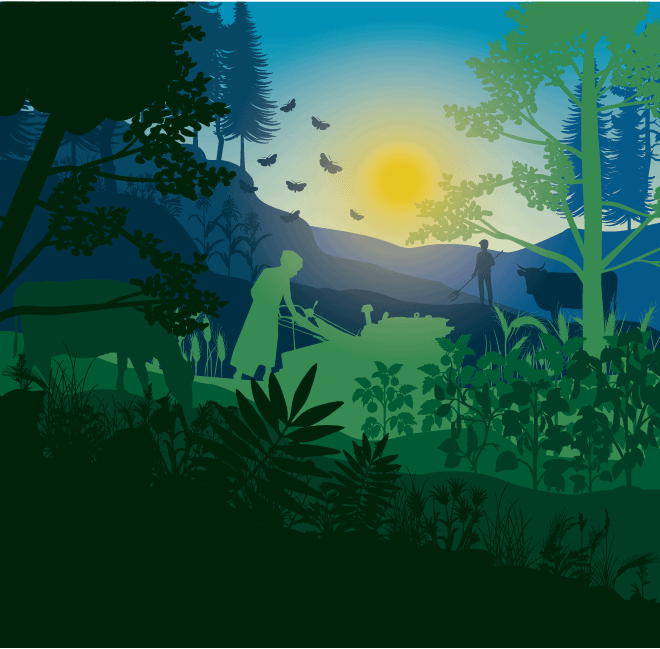 Webinar 1 will discuss the anticipated impacts of climate change on plant health in smallholder systems, tackling how the occurrence, intensity, and frequency of biotic and abiotic stresses will change as a function of climate change. It will provide participants with information on the negative effects on plant health, in relation to food security, nutrition, environment, gender, and livelihoods, as well as on the role of research in providing support to global efforts to mitigate or adapt to climate change challenges for plant health.
Webinar 1 will discuss the anticipated impacts of climate change on plant health in smallholder systems, tackling how the occurrence, intensity, and frequency of biotic and abiotic stresses will change as a function of climate change. It will provide participants with information on the negative effects on plant health, in relation to food security, nutrition, environment, gender, and livelihoods, as well as on the role of research in providing support to global efforts to mitigate or adapt to climate change challenges for plant health. 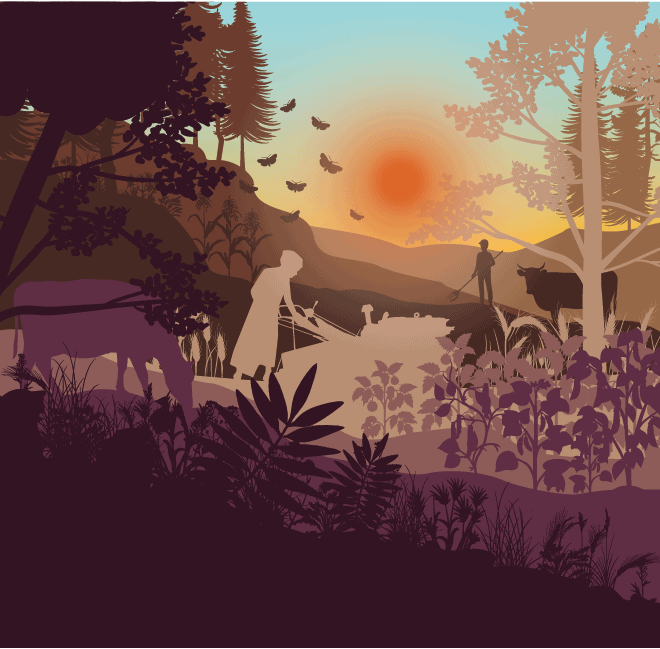 Webinar 2 will highlight the importance of germplasm (phytosanitary) health in the prevention of transboundary pest and disease spread, as well as the propagation of clean planting material to be used locally. Experts will discuss the implications of poor germplasm practices on agricultural and food system sustainability, farmer livelihoods, and food and nutrition security. They will also examine how opportunities for greater workplace diversity in germplasm health hubs and gender-responsive programming could drive more inclusive sustainable development.
Webinar 2 will highlight the importance of germplasm (phytosanitary) health in the prevention of transboundary pest and disease spread, as well as the propagation of clean planting material to be used locally. Experts will discuss the implications of poor germplasm practices on agricultural and food system sustainability, farmer livelihoods, and food and nutrition security. They will also examine how opportunities for greater workplace diversity in germplasm health hubs and gender-responsive programming could drive more inclusive sustainable development. 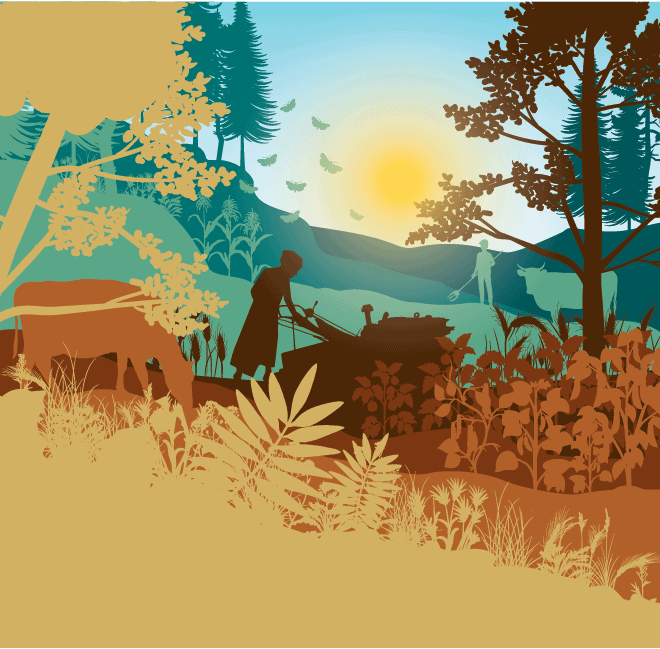 Webinar 3 examines integrated approaches for sustainable management of transboundary diseases and crop pests and their implications for agri-food system sustainability, social inclusion and gender equity. Drawing on both successes and enduring challenges, experts will identify the potential benefits of more gender-responsive approaches to pest and disease control; more coordinated action by national, regional and global organizations; and lessons to be learned from successful animal health management.
Webinar 3 examines integrated approaches for sustainable management of transboundary diseases and crop pests and their implications for agri-food system sustainability, social inclusion and gender equity. Drawing on both successes and enduring challenges, experts will identify the potential benefits of more gender-responsive approaches to pest and disease control; more coordinated action by national, regional and global organizations; and lessons to be learned from successful animal health management. 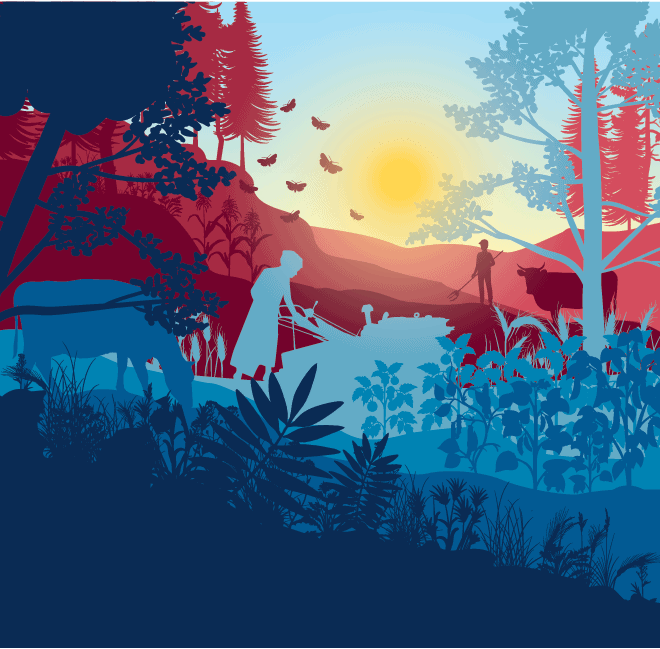 Webinar 4 brings together scientists working at the intersection of environmental, human, and animal health. In this session, the experts will examine plant health and agriculture from a “One Health” approach — a collaborative, multisectoral, and transdisciplinary perspective that recognizes the health of people, animals, plants, and their environments as all closely connected. In this approach, agricultural practices and plant health outcomes both are determined by, and contribute to, ecological, animal, and human health.
Webinar 4 brings together scientists working at the intersection of environmental, human, and animal health. In this session, the experts will examine plant health and agriculture from a “One Health” approach — a collaborative, multisectoral, and transdisciplinary perspective that recognizes the health of people, animals, plants, and their environments as all closely connected. In this approach, agricultural practices and plant health outcomes both are determined by, and contribute to, ecological, animal, and human health. 